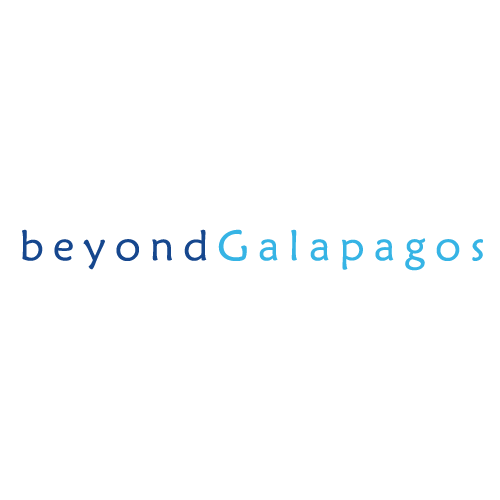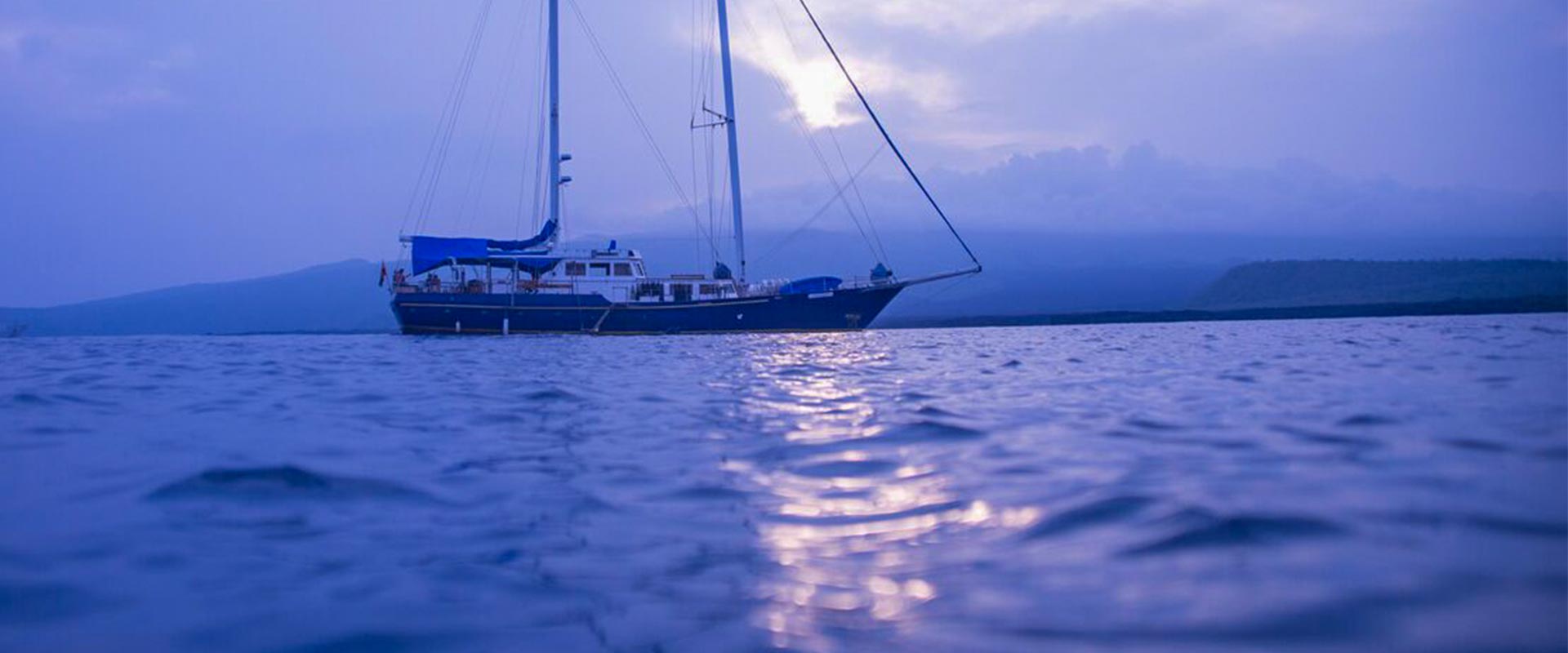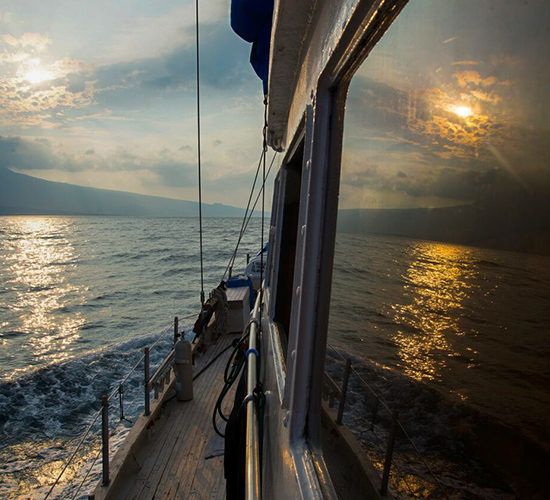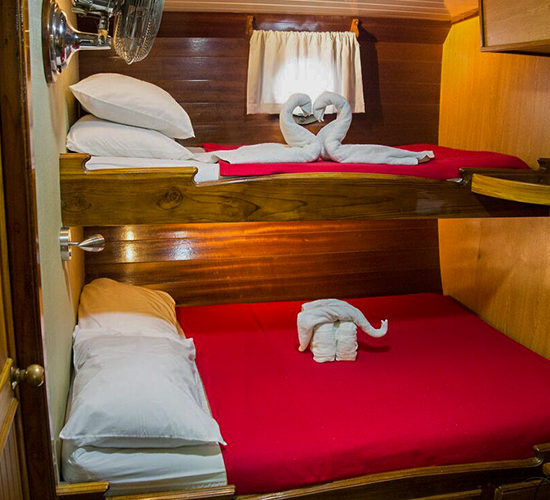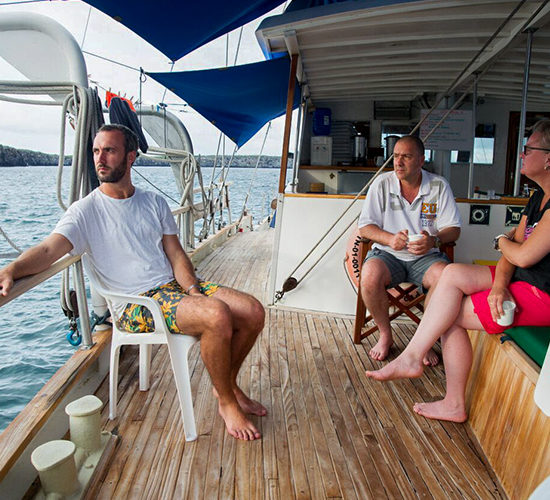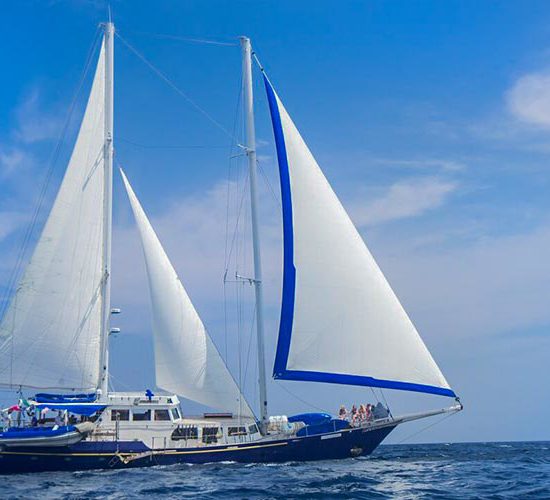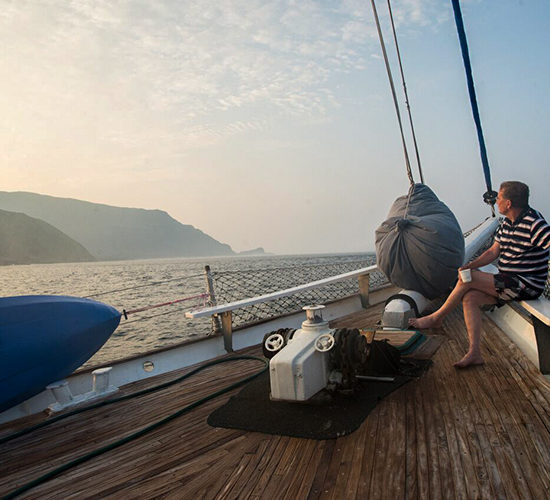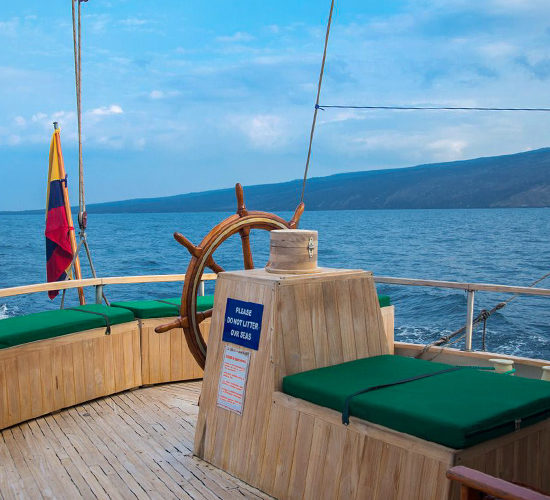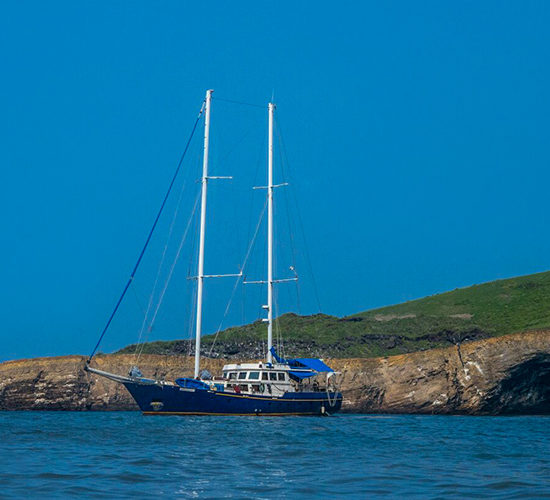Motor Sailing Beagle
Special Features:
Capacity: 14 guests
Departure day: Tuesday
Cruise length: 8 days
Available: Kayaks, snorkelling equipment, wetsuits (to rent).
Ideal for sailing boat lovers, couples, honeymoon
Ideal for small group-charters
Islands to visit, depending on the itinerary:
North Western Islands:
Baltra Island, Santa Cruz, Genovesa Island, Santiago Island, Isabela Island, Fernandina Island.
Center & Southern Islands:
Baltra Island, Santa Cruz Island, Floreana Island, Española Island, San Cristobal Island, Santa Fe Island, Plaza Island, North Seymou Island, Bartolome Island, Santiago Island.
The Motor Sailing Beagle yacht is one of the few sailing boats in the Galapagos that has been sailing through these wonderful islands for over a decade
This wonderful Sailing boat is ideal for guests who love to sail, to enjoy the uniqueness of being on the Galapagos Islands on board this wonderful boat with good service and wonderful itinerary. This cosy boat offers you a familiar ambience that at the end of your expedition, you are going to feel connected with the other guests.
BEAGLE SAILING YACHT - BRIEF ITINERARY
Please check complete itineraries on top
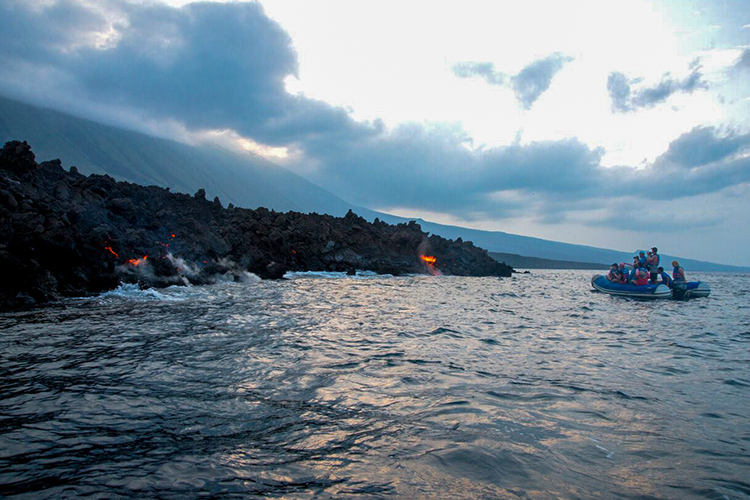
| Tuesday | PM | Puerto Ayora/Charles Darwin Research Station |
| Wednesday | AM | Puerto Velasco Ibarra – Floreana Island |
| PM | Punta Cormorant – Floreana Island | |
| Thursday | AM | Punta Suarez – Española Island |
| PM | Gardner Bay – Española Island | |
| Friday | AM | Punta Pitt – San Cristóbal Island |
| PM | Isla Lobos – San Cristobal Island | |
| Saturday | AM | Santa Fe Island |
| PM | South Plaza Island | |
| Sunday | AM | North Seymour Island |
| PM | Bartolome Island | |
| Monday | AM | Sombrero Chino |
| PM | Cerro Dragón – Santa Cruz Island | |
| Tuesday | AM | Black Turtle Cove-Baltra Island – Airport |
BEAGLE SAILING YACHT- RATES
Rates are per person
Double cabin: $4,190
Single cabn: $5,870
Children under 12 years: $2,940
Charter basis:
- 12 guests: $55,200
- 13 guests: $56,400
- 14 guests: $58,660
Christmas & New Year’s departures: Please add 10%
Included:
Accommodation
Meals (from lunch on first day to breakfast on last day)
Drinking water, coffee and tea
Guided visits with a naturalist guide
Use of snorkelling equipment
Use of Kayaks (2 double available)
Transfers to and from the airport in Galapagos
24-hour assistance
Additional:
Galapagos flight ticket
Galapagos entrance fee ($100 per adult / $50 per child, subject to change)
Galapagos migration card: $20 per person, subject to change
Soft and alcoholic drinks
Meals that are not mentioned
Additional tours and transfers
Personal expenses
Use of wetsuits (available to rent onboard)
Tips and gratuities
We'd love to help you plan your trip!
Please let us know about your plans
Ready to step into this expedition?
Please fill out the form let us guide you through your next dream holiday!
-
Departure/Return Location
Quito or Guayaquil | Baltra Island, Galapagos Islands -
Dress Code
Comfortable: Good walking shoes, cotton& light pants, shorts, t-shirts, windbraker for the nights, cotton pullover, bathing suit, sandals, sunscreen, sunglasses, hat with a birm, binoculars, camera with a lot of memory, personal kit, personal medicine, water bottle, small back pack
Detailed Itinerary
8 DAY CRUISE: North Western Islands | Tue-Tue
Day 1 -Tuesday: Baltra and Santa Cruz Islands
- AM: On arrival at Baltra Airport all visitors pay their entrance fee to the Galapagos National Park. You then are met by The Beagle’s naturalist guide who assista you with your luggage collection and accompany you on a short bus ride to the harbor to board The Beagle.
- PM - Las Bachas Beach - Santa Cruz Island: Located on the northern shore of Santa Cruz Island. Las Bachas is a white sand beach that is a major nesting site for the green sea turtles. The name Las Bachas (“potholes”) refers to the indentations left in the sand by laying turtles or departing hatchlings. On the shore there are marine iguanas, and in the lagoon area flamingos are common. Visitors are welcome to swim from the beach.
Day 2 - Wednesday - Genovesa Island
- AM- Prince Phillip's Steps - After a dry landing you climb up the fairly steep Prince Philip’s Steps that take you onto a lava rock trail leading you through Palo Santo forest full of nesting birds. There’s a good chance of seeing the unique short-eared owl at this site.
- PM - Darwin Bay - After lunch and a snorkel along the amazing cliff sides, you visit the beach area of Darwin Bay, home to frigate birds, red-footed boobies, Nazca boobies, flycatchers, lava gulls, storm petrels and Darwin finches, to mention some of the birds found in this bay, formed from a caldera collapse.
Day 3 - Thursday - Santiago Island
- AM - Jaes Bay - After a wet landing at on to a black beach, an easy stroll takes you near the coast line to observe tidal pools, marine birds, iguanas and sea lions, and often migratory birds are present in this area. This is also a good place to observe the Galapagos hawk.The trail ends at the fur sea lion grottos and,being nocturnal feeders, the fur seals sleep in and around the grottos during the day. On returning to the beach visitors may snorkel or swim.
- PM - Navigation - After lunch The Beagle starts navigating to the west side of Isabela Island.
Day 4 - Friday - Isabela Island
- AM -Punta Vicente Roca - This site offers a dinghy ride, excellent for marine life observation, to a snorkel area where underwater wildlife take full advantage of the nutrient-rich Cromwell current that upswells in this area.The 30 minute hike at Tagus Cove takes you to the top of a cliff to viewthe volcanic landscapes of Darwin Volcano and Darwin Lake, the latter an uplifted ultra-saline lake saltier than the sea. Historically used as an anchorage site by pirates and whalers, this site is again an excellent place for marine and land birds.
Day 5 - Saturday - Fernandina & Isabela Islands
- AM - Espinoza Point - Fernandina is the youngest island of the archipelago. As you disembark at Punta Espinoza, you must be careful not to step on the marine iguanas piled up together to retain body heat. This visiting site is rich in wildlife, sea lions, flightless cormorants, penguins, herons, Sally light-foot crabs and much more, all living side by side on this small point withits mangrove forest.
- PM - Urbina Bay - Isabela Island: Located to the south at the foot of the western side of Alcedo Volcano, Urbina Baywas uplifted in 1954 from the seabed leaving coral heads sitting out of the water. There is a large colony of land iguana, which has grown since the feral dogs and goats have been controlled through Project Isabela. It also affords an opportunity to see the Alcedo Volcano tortoise in its natural habitat.
Day 6 - Sunday - Isabela Island
- AM - Elizabeth Bay - This is a marine visitor site so the excursion is made by dinghy to the Mariela Rocks, where there is an important colony of Galapagos penguins. The dinghy ride takes you into a cove surrounded by red mangrove. Here in these quiet lagoons there may be green sea turtles, spotted eagle rays, golden rays, brown pelicans, small shark and flightless cormorants. A lava walk takes you to a series of lagoons with plenty to see along the way. Darwin’s finches, Galapagos doves, penguins, blue-footed boobies, mockingbirds and flightless cormorants are some of the abundant wild life.
- PM - Moreno Point - Isabela Island: This is a desolate and pristine landscape of impressive black lava flows affording good views of Alcedo and Sierra Azul volcanoes.
Day 7 - Monday - Isabela Island
- AM - Sierra Negro Volcano - After breakfast, passengers head for the Sierra Negra volcano, the second largest volcanic crater in the world. It sits in the southern part ofIsabela Island. Transportation is available to the end of the road,followed bya 45-minute walk on a trail to the top of the volcano from where the caldera can be viewed. Upon returning from the hike, passengers visit the Arnaldo Tupiza Breeding Center, to see the giant tortoises.
- PM - Villamil Port - Lunch is served upon their return to The Beagle, and afterwards, those who wish to can go swimming in one of the Coves of Villamil Port. In the afternoon the boat begins traveling toward Santa Cruz Island, Puerto Ayora town.
Day 8 - Tuesday - Santa Cruz & Baltra Islands
- AM - Gemelos - Located in the highlands of Santa Cruz Island. These pit craters are just off the main road that crosses the island to the airport.
- After this visit you are taken to Baltra airport for your flight back to Quito or Guayaquil.
8 DAY CRUISE: Centre & Southern Islands | Tue-Tue
Day 1 - Tuesday - Santa Cruz & Baltra Islands
- AM - Baltra airport - Arriving guests from Baltra Airport are met by a transfer guide and taken on board The Beagle to settle into your cabins and have a snack before going to you first visit in the afternoon.
- PM - Charles Darwin Research Station - After lunch you may stroll through Puerto Ayora's main street with time to explore the shops. The Charles Darwin Research Stationis on Santa Cruz Island which is the main inhabited island in the archipelago, with a population of approximately 16,000. A visit to the station increases your understanding of the work being done by the foundation and the importance of preserving the archipelago's ecosystems. A series of walkways takes you through the captive breeding program where you are able see juvenile and adult tortoises from different islands and famous Lonesome George, the very last of his species.
Day 2 - Wednesday - Floreana Island
- AM - Puerto Velasco Ibarra - This little town has the smallest human settlement in the Islands. Floreana was inhabited as early as the 1920's and has a colorful history of pirates, whalers, convicts and colonists. You will be driven up into the highlands on a dirt road in an open-sided bus known locally as a chiva. You pass through chacras (small land holdings) up to a small fresh-water spring called Asilo de la Paz and visit a tortoise corral.
- PM - Cormorant Point & Devil's Crown - On returning to The Beagle you motor to Punta Cormorant and from there take the dinghy to go for a snorkel at Devil’s Crown, a sunken cone with exciting snorkeling as you’re carried by the current while seeing a superb variety of marine life. At Punta Cormorant you land on a beach with green olivine sand. Several trails allow you to explore a brackish water lagoon with a colony of flamingos who are there most of the year, and white-cheeked pintail ducks, stilts, and other shorebirds feeding alongside the flamingos. The trail then goes over a hill and dunes to a stunning white beach consisting of ground coral, where the green sea turtles nest.
Day 3 - Thursday - Española Island
- AM - Suarez Point - Hood Island is one of the most popular and attractive islands. The quantity and variety of wildlife here are remarkable. At Punta Suarez you can see the waved albatross from April to December. Blue-footed bobbies, Nazca boobies, Galapagos hawks, Darwin finches, swallow-tailed gulls, Española mockingbirds, shorebirds, sea lions, marine iguanas and lava lizards are just some of its residents, and an impressive blowhole can be observed from the high cliffs.
- PM - Gardner Bay - Located on the eastern end of the island Gardner Bay has a wonderful sandy beach for swimming and observing the Galapagos sea lions.
Day 4 - Friday - San Cristobal Island
- AM - Pitt Point - This site affords impressive views after climbing up a steep narrow path onto a plateau surrounded by reddish hills. Depending on the time of year there may be nesting marine iguanas, red-footed boobies and other marine birds down on the cliffs. After the visit The Beagle navigates to Kicker Rock where rocks rise 500 feet out of the ocean and resemble a sleeping lion, hence its name in Spanish, “León Dormido.” While you go around it you are able to observe the narrow channel thatseparatesthese tworocks. Several marine bird species nest there.
- PM - Lobos Island - The afternoon anchorage is at Isla Lobos and, as its name suggests, it has a sea lion colony and also an endemic lava lizard . It's a good site for swimming and snorkeling alongside the sea lion pups, and on the islet you can visit the sea lion colony. Perhaps you are able to see the frigate birds displaying and building their nests, if their food supply is good.
Day 5 - Saturday - Sant Fe & Plazas Islands
- AM - Santa Fe Island - This island has a turquoise cove sheltered by a peninsula extending from the shore by a row of rock covered in Opuntia cactus and sea lions. This island was formed by an uplift caused by tectonic activity. You can see land iguanas, sea turtles, Galapagos hawks, sea lions, and a forest of giant Opuntia cactus, and it's lovely to swim and snorkel in the clear turquoise blue sea.
- PM - South Plaza Island - This is one of the best spots in the archipelago to see land iguanas and swallow-tailed gulls, both indigenous to the Galapagos. There are iguana nests scattered all over the hill. The sheer cliffs of the southern shore are a perfect bird habitat, making it an unparalleled bird observatory for especially swallow-tailed gulls, Audubon shearwaters, and red-billed tropicbirds.
Day 6 - Sunday - North Seymour and Bartolome Island
- AM - North Seymour Island - Is home to several species of marine birds: swallow-tailed gulls, blue-footed boobies, noddy terns and both the great and the magnificent frigate birds compete for nesting sites. Land iguanas are found alongside marine iguanas, and there are the ever-present comic sea lions as well. North Seymour is a low, flat island located north of Baltra that was uplifted from the sea by underground seismic activity.
- PM - Bartolome Island - This is a small island located to the east of James Island. Famous for its Pinnacle Rock, it is home to a small rookery of Galapagos penguins. You can swim and snorkel around Pinnacle Rock, or walk to the other side of the island to see sea turtles nesting (from January to March) and sharks swimming close to shore. You can also climb to the highest point of the island, a climb which gives you the chance to see plants that live in lava and ash and many interesting lava formations. On this island we also see sea lions, Galapagos penguins, pelicans, Galapagos hawks, turtles and sharks.
Day 7 - Monday - Santiago & Santa Cruz Islands
- AM - Chinese Hat - Santiago Island: Chinese Hatis a little island shaped as its name implies which sits off the southeastern tip of James Island. Its small white beaches have a sea lion colony. Snorkeling is usually very good, and with luck you might see the Galapagos penguins in the water.
- PM - Dragon Hill - Santa Cruz Island: Located on the northwest coast of Santa Cruz Island, the visit to Cerro Dragon (“dragon hill”) takes you through Palo Santo trees and Opuntia cactus past a couple of lagoons where flamingoes can be seen and the shy land iguana live.
Day 8 - Sant Cruz & Baltra Islands
- AM - Black Turtle Cove - This site is with the dinghy to permit you to motor through the mangrove inlets. These lagoons provide a refuge to rays, sharks, and sea turtles that are clearly visible alongside the boat. The engine is turned off and you slowly approach the different species that live in this peaceful place.
- After this final visit, your guide takes you to the airport for your flight back to Quito or Guayaquil.
SPECIAL NOTE
BEAGLE MOTOR SAILING YACHT - TECHNICAL SPECIFICATIONS
LENGTH: 105 ft. brigantine BEAM: 22ft. ACCOMMODATION:- 6 double cabins
- 1 smaller double with private bathrooms & A/C
- 1 Koller 33 KW generator-220/110 V
- 1 koller 23 kw generator-220/110 V
- 2-12/24 V Battery packs
- 2 Furuno GPS Navigator Systems
- 2 magnetic compasses
- 1 EPIRB (Emergency Position Indicating Radio Beacon)
- 1 Boston Whaler dinghy
- 1 inflatable Caribe dinghy
- 2 double kayaks
- 1 Elliot 20-person liferaft
- 1 Shanghai 20-person liferaft
- 1 cellular telephone (Movistar)
- 1 satellite telephone (Iridium)
- 2 Furuno radars (36 N/M)
- 1 Water Maker desalination plant
- 1 70-band HF DSC radio (ICOM)
- 1 Hummingbird VHF radio
- 2 portable VHF radios (ICOM)
- 2 bidirectional ACR radios
- 1 vessel positioner (Hunter)
- 1 ZART ACR radar responder
- 1 Furuno Navtex receiver (climate status)
- 1 Furuno echo-sounding fathometer (500m)


